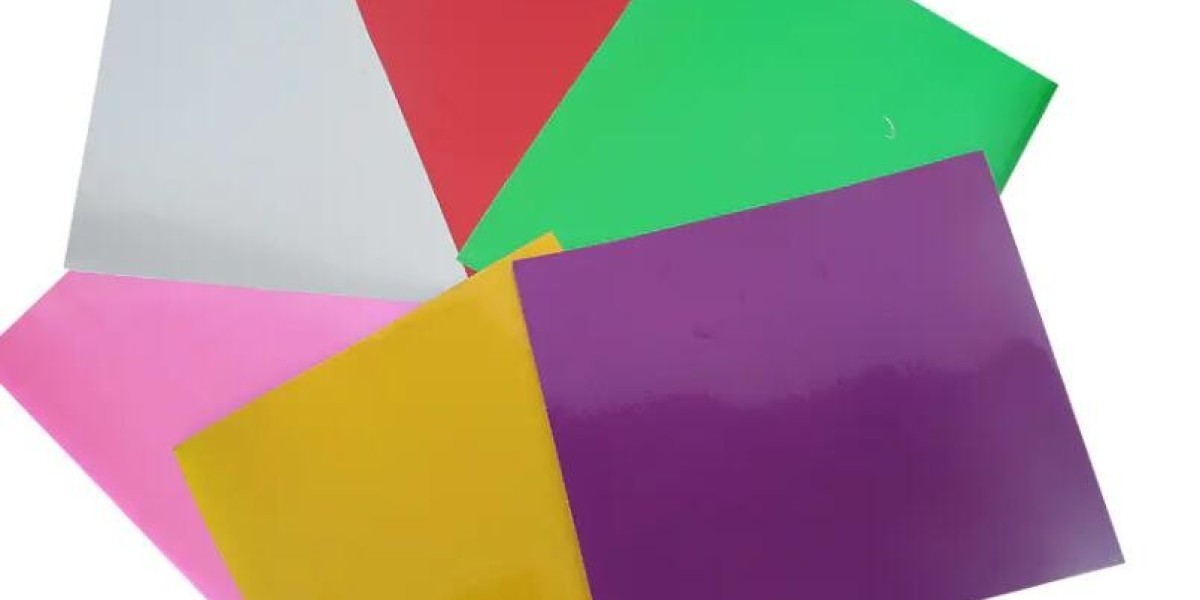Heat transfer paper has become a popular material among DIYers and professionals alike in recent years, thanks to its versatility and ease of use. It allows people to create custom designs that can be easily applied to a variety of surfaces such as t-shirts, hats, bags, and more. But where did heat transfer paper come from, and how did it become such a sought-after material?
The history of heat transfer paper goes back several decades, to the early days of printing technology. One of the earliest forms of this technology was known as sublimation printing, which used heat to transfer ink onto a surface. This allowed for full-color imaging on a variety of materials, including fabric.
In the 1980s, a new type of transfer paper emerged, called Dye-Sublimation Transfer Paper. This paper used a special layer of ink that was heat activated and infused into the fabric, creating an image that was both vibrant and long-lasting.
However, the process of using sublimation transfer paper was quite technical and required a lot of specialized equipment. This made it inaccessible for most people to use and limited its application to commercial use for high-end production.
In the early 2000s, the emergence of heat transfer paper revolutionized the printing industry. It was an easy-to-use, affordable alternative to sublimation printing, which required expensive equipment and specialized knowledge. Heat transfer paper did not require a sublimation printer or any special equipment, which made it more accessible to a wider range of people.



